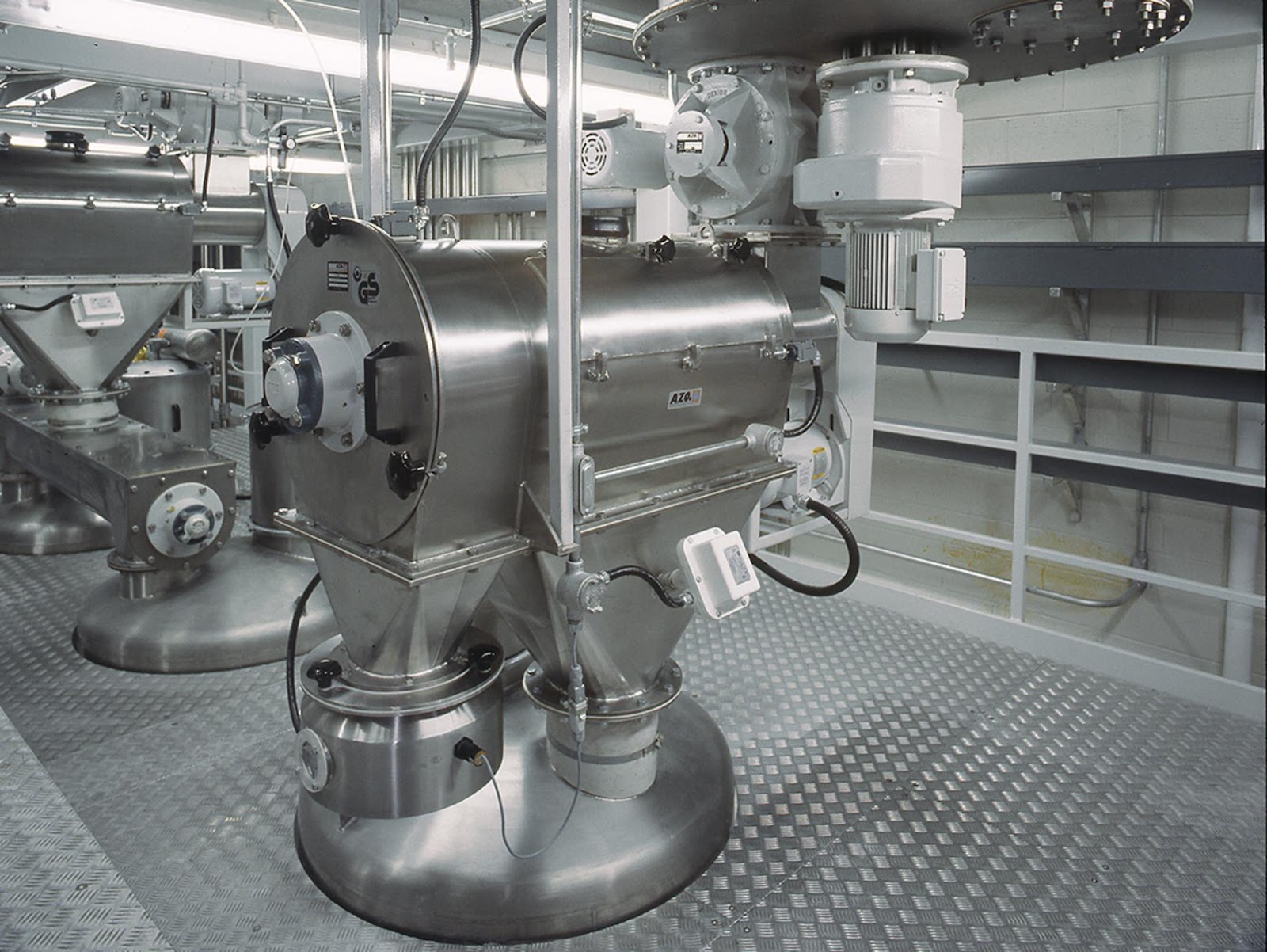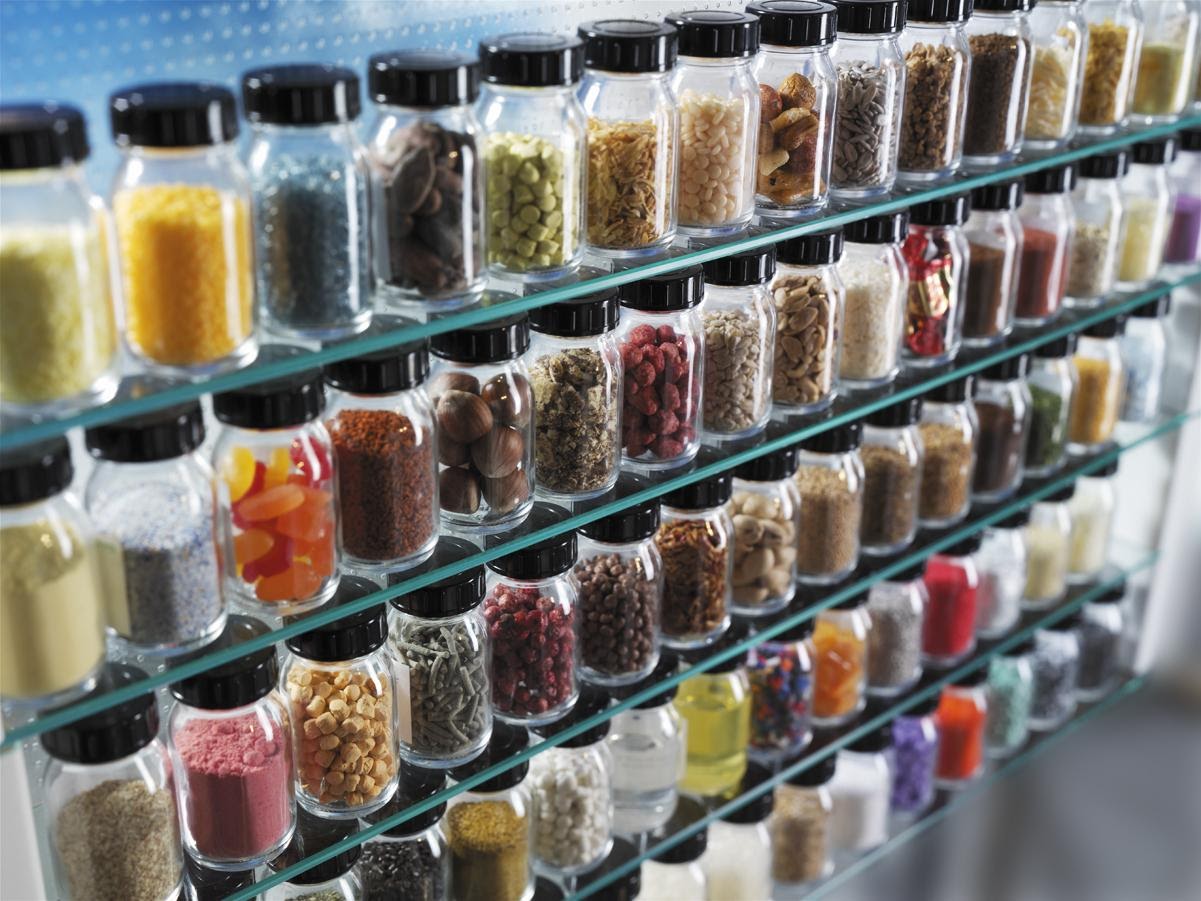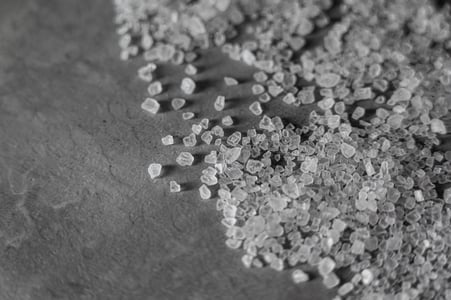
There are two types of goals in terms of changing properties of materials in a bulk material handling process. In this AZO blog post, we’ll provide a deeper understanding about the differences between what are often referred to as “flow aids” and what are often referred to as “flow agents.”

Conditioning methods and discharge aids affect materials differently
Discharge aids (or flow aids) only seek to change the state of material by physical means. They do not condition the environment that surrounds said material. Conditioning methods (flow agents) do alter that environment in order to ready the material in question for its next step. Essentially, this is the major difference between the function of discharge aids and the function of conditioning methods.
Conditioning also doesn’t “fractionate” materials. Methods of conditioning take the material in its natural form and alters it into a flowable state. This is accomplished without changing the overall character of the material, whether granular or powder.
A few different categories of conditioning include:
Screening and delumping:
Screening and delumping are both methods that can be used to condition material as it relates to particle size. These methods specifically aim to return a material to its original flowable state.

A cyclone screener, capable of conditioning material, from AZO
Cooling and dehumidification:
The main focus of cooling and dehumidification is to create a stable environment for material flow. Cooling and dehumidification keep the material in an environment that allows it to maintain flowability to prevent it from picking up moisture, which causes clumping.
There is a distinct difference between cooling down air used as a mode of transportation and lowering the temperature of the material itself. What conditioning can accomplish is bring the storage environment to an ideal state for the specific material in question. Temperature and humidity are two factors that are altered by conditioning the environment.
There are many types of flow agents utilized to increase flow
Additives can alter material to reach a desired consistency, size, level of flowability and other factors. There are also chemical lubricants that can be added to material. Both of these are also known as “flow agents.”
Here are some examples:
● Starch is added to powdered sugar to make it less adhesive.
● Salt will occasionally require additives to make the material less hygroscopic (or less absorbent to moisture). This way, the material is easier to handle and conveys much more efficiently.
● In tablet pressings common in pharmaceutical granulation, magnesium stearate is used toward the end of the process. This lubricant addition acts as a processing aid for powder flowability and tableting.

The above examples are specific to particular materials in processes, but they all are small additives that are added to achieve a specific outcome and to improve material flow. Separately, discharge aids are entire pieces of equipment.
A large part of the new, free guide from AZO elaborates on the various mechanical devices that are used to apply energy into material in order to induce flow. “Flow and Functionality: Determining The Proper Discharge Aids For Your Bulk Material Handling Process” contains pertinent information about many machines that are often used in concert with each other (as well as flow agents) to overcome the friction between material and the wall of storage vessels.
If you find that you have any other conveying queries, you can always feel free to speak to an AZO specialist. We have more than seven decades of experience in handling raw materials and shaping ingredient automation along the way. Feel free to contact our sales team for any questions on how to help your plant and processes run smoothly.

